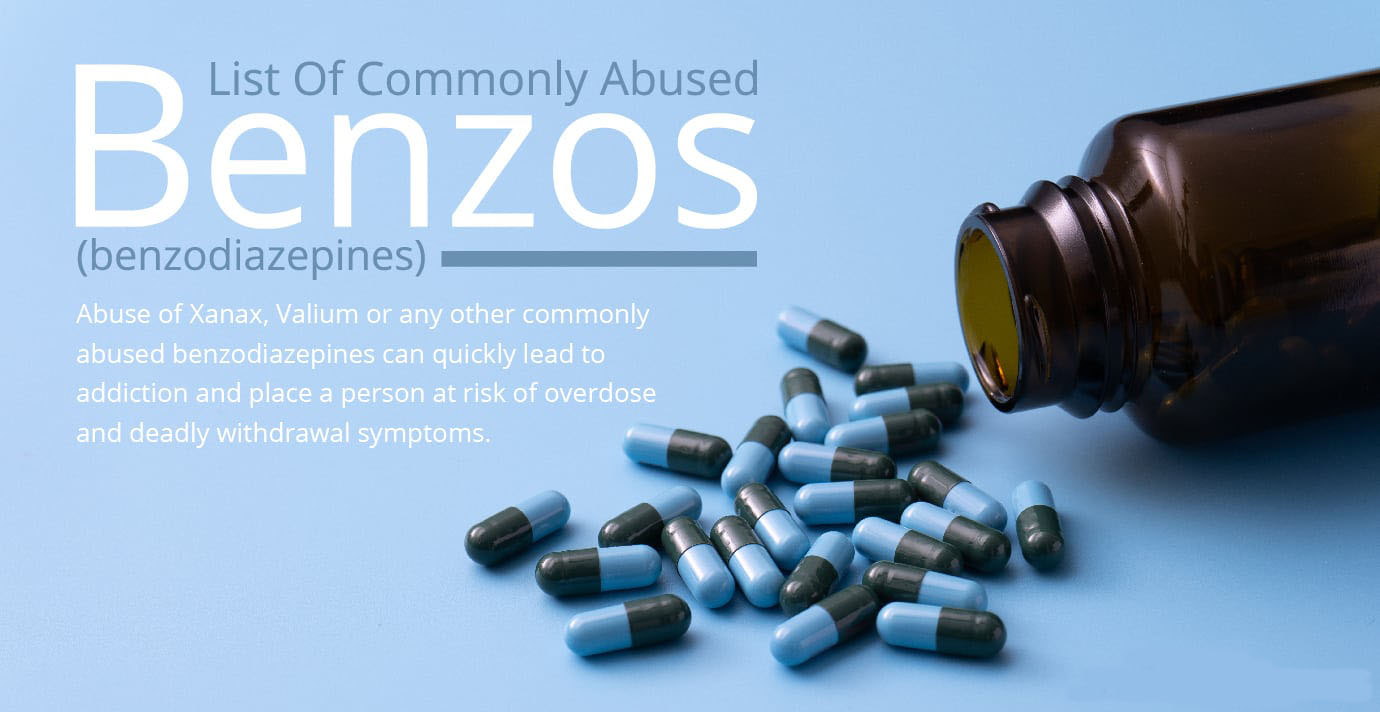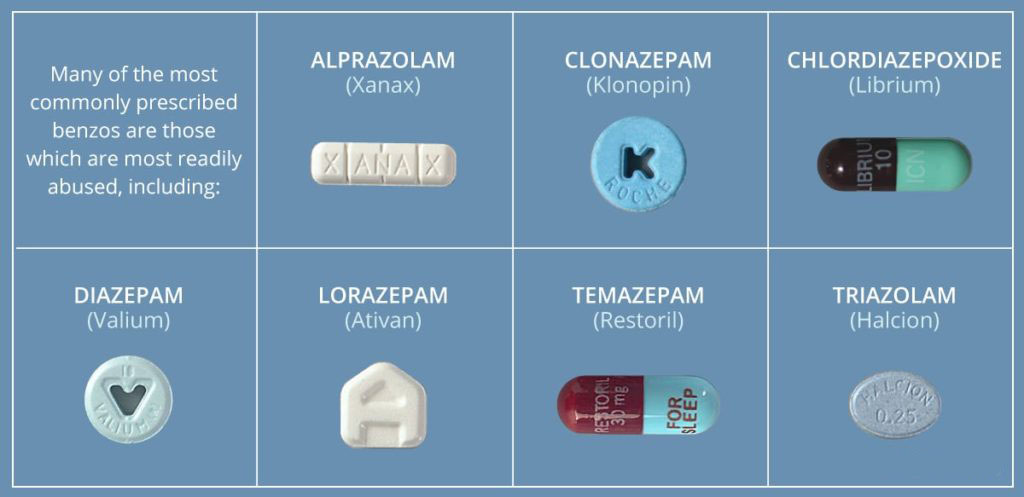Source: Thailand Medical News Dec 23, 2019 5 years, 11 months, 4 weeks, 14 hours, 11 minutes ago
Researchers from the State University of New Jersey (Rutgers) are reporting a dramatic increase in
teen use and
overdoses from
benzodiazepine.

The total number of
teens taking and
overdosing from
benzodiazepines, commonly prescribed
anxiety medications, has risen dramatically over the past decade, according to a national study coauthored by Rutgers researchers.
The collaborative research, published in the journal
Clinical Toxicology, found a 54 percent increase in cases involving children ages 12 to 18 that were reported to U.S. Poison Control Centers from 2000 to 2015.
The medical researchers, from several institutions including MedStar Health, analyzed 296,838
benzodiazepine exposure cases involving children under the age of 18 obtained from the National Poison Data System. While the rate of exposure in children under the age of 6 decreased, the rate for adolescents rose from 17.7 exposures per 100,000 children in 2000 to 27.3 exposures per 100,000 children in 2015. The study also found a rise in intentional abuse, with nearly half of all reported exposures in 2015 documented as intentional abuse, misuse or attempted
suicide.
Dr Diane Calello, executive and medical director of the New Jersey Poison Control Center at Rutgers New Jersey Medical School’s Department of Emergency Medicine, one of the authors told
Thailand Medical News, “While
benzodiazepine overdose by itself is typically not life-threatening, the findings of this study show an increase in
teens taking one or more additional substances, which increases the severity of the effects, including death or life-threatening symptoms that can affect future health.”

About 70,000 children receive care in an emergency department annually due to medication
overdoses, with nearly 12 percent of these visits resulting in hospitalization. Calello said the increased availability of prescription medications is a likely cause of both adult and pediatric poisonings.
Dr Diane Calello added, “Our study group found that the increasing rate of reported
benzodiazepine exposures appear to reflect the increasing rate of
benzodiazepine prescriptions that have been reported across the United States over the past decade. Medical providers should be aware of the increased prevalence of
benzodiazepine exposures to help limit unnecessary prescribing. Parents and caregivers must be counseled on the proper use, storage and disposal of these high-risk medications.”
Reference: “Child and adolescent benzodiazepine exposure and overdose in the United States: 16 years of poison center data&rdquo
; by Joseph M. Friedrich, Christie Sun, Xue Geng, Diane P. Calello, Michael Gillam, Kaelen L. Medeiros, Mark Smith, Bruce Ruck and Maryann Mazer-Amirshahi, 15 October 2019, Clinical Toxicology.
DOI: 10.1080/15563650.2019.1674321

